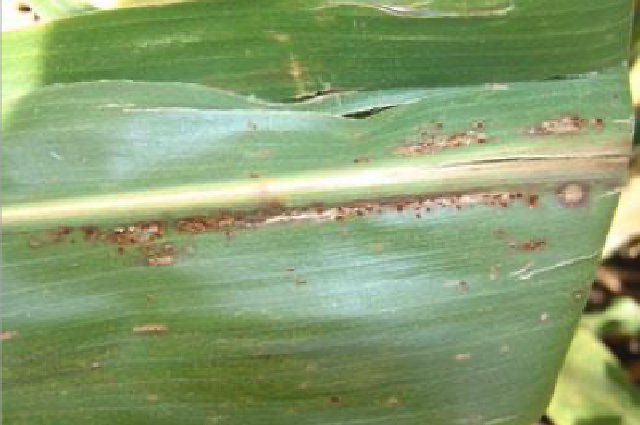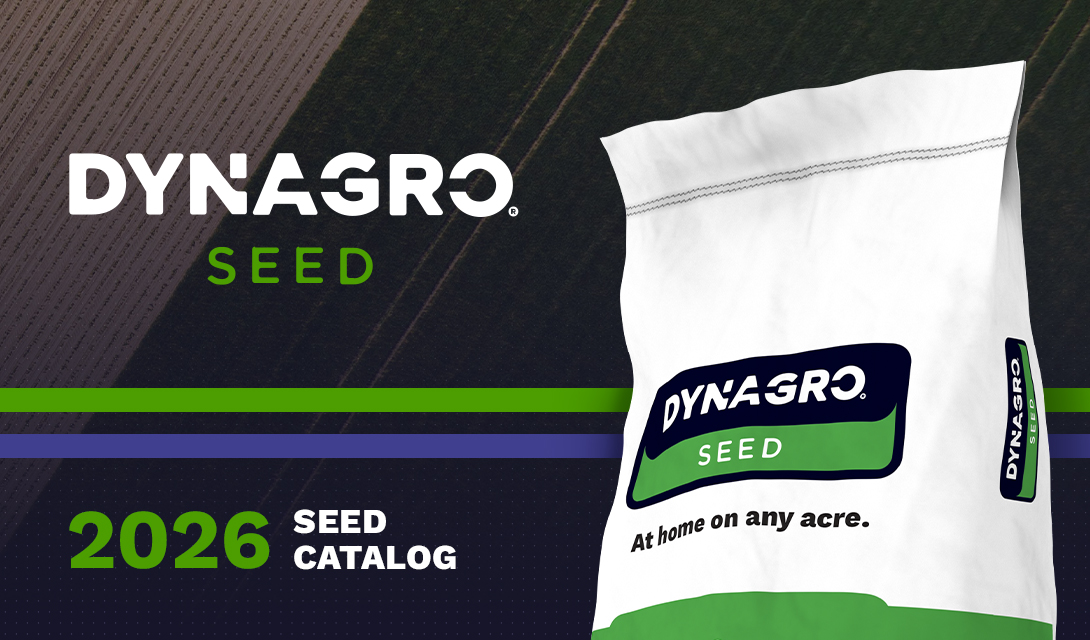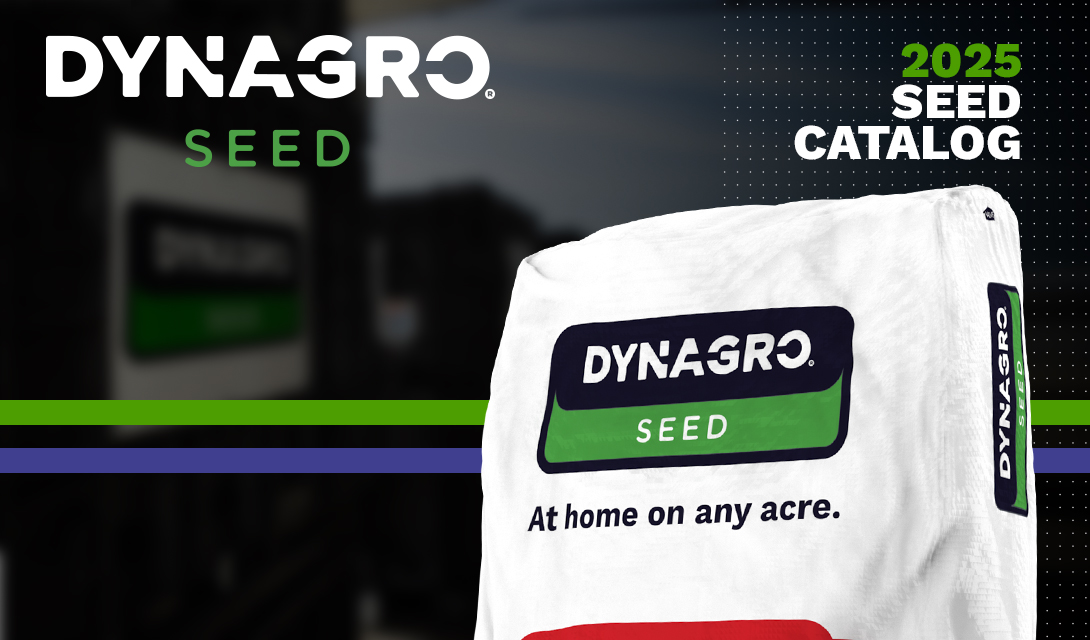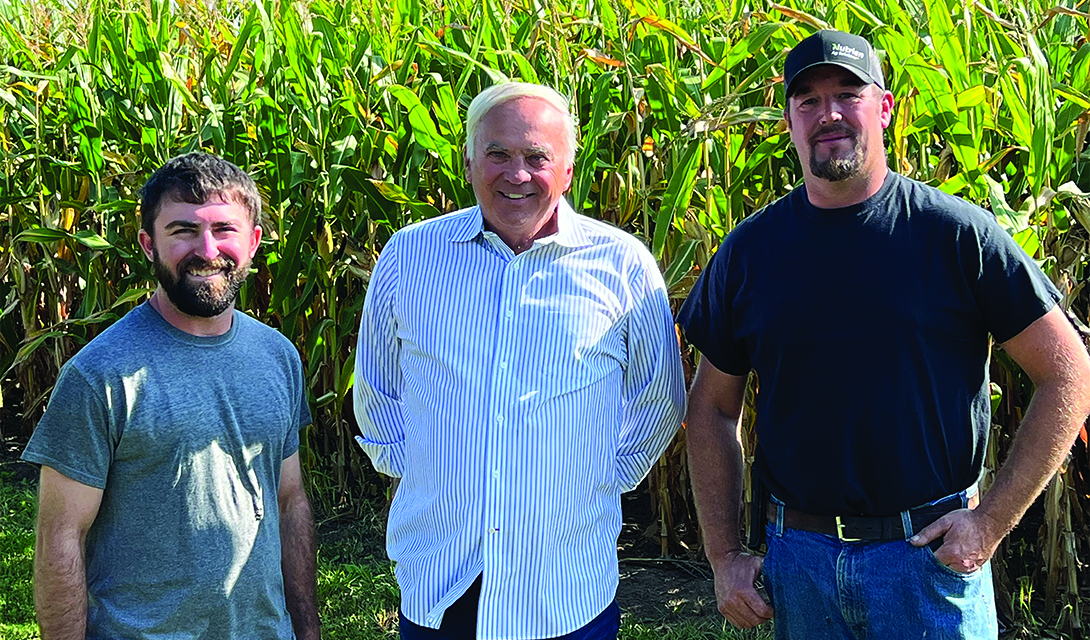Southern Rust Confirmed In Cornfields

Southern Rust
Southern rust (Figure 1) was confirmed on corn late last week in north Central Kansas, south central Nebraska and central Nebraska. These samples were from pivot-irrigated fields that had very low incidence of disease at this time. Warm temperatures and high humidity may promote development and spread of disease and result in substantial yield loss up to 50 percent loss.
Rust diseases produce large amounts of spores that can be easily moved by wind over long distances. Having a history of southern rust in corn does not affect current disease development because this pathogen does NOT overwinter in infected residue. The spores are carried into a field by wind from southern or western diseased areas. If the disease continues to spread and worsen, those fields planted later are at higher risk for disease and potentially severe yield impacts. We recommend scouting fields, especially those at higher risk, particularly later planted fields that are overhead irrigated and/or in north central Kansas and south central Nebraska.
The simplest and most reliable way to differentiate the diseases without a microscope is to examine both leaf surfaces for spore production. Southern rust spore production is usually limited to the upper leaf surface and tends to be tan or orange in color. The most reliable way to identify corn rust diseases is through microscopic examination of spore characteristics.
Common Rust
Common rust (Figure 2) has also begun to develop in some areas, but at very low incidence and severity. Recent very high temperatures likely slowed the progress of this disease. (This is different than southern rust which can be exacerbated by warmer night temperatures and historically been the much more aggressive rust disease in area corn fields. Common rust spores are usually brick-red to brown in color; however, the color difference is not a reliable method for identification unless both diseases are available for comparison. Also, the spore type can change and, with both diseases, turns black later in the season.
Fungicides for Rust Diseases
Timely fungicide applications are usually very effective at controlling rust diseases in corn. Keep in mind that systemic fungicides can provide protection from disease spread for about 21 days. Applications that were made several weeks ago likely are no longer providing protection from fungal foliar diseases. Pay close attention to the label restrictions on the most recent version of the product’s label as changes have been made for pre- harvest intervals and other use parameters.
In past years, heavy Southern Rust pressure has resulted in as much as 25 – 40% yield loss in the area. A timely fungicide application is a very cost effective method to protect the crops yield potential.
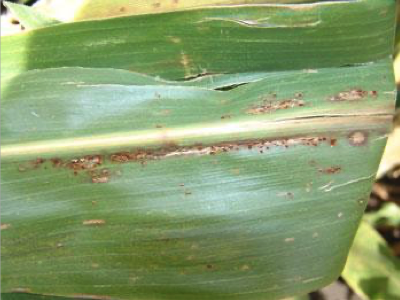
A list of foliar fungicides labeled for use on corn and their characteristics can be obtained from your local Crop Production Services crop consultant.
Goss’s Bacterial Wilt and Blight
Goss’s wilt (Figure 3) continues to be confirmed in samples submitted from across Nebraska and also has been found in south central Kansas cornfields. Make sure that you know the identity of the disease(s) in your field before making a fungicide application, since Goss’s wilt and other diseases are also present right now and can’t be directly managed with foliar fungicide applications.
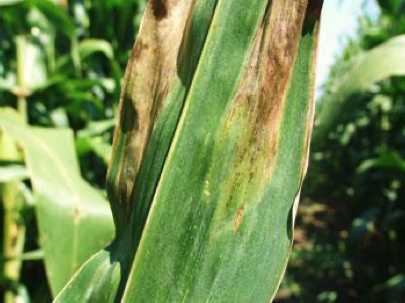
©Copyright 2015. This information may have been accumulated from publicly available sources outside of Dyna-Gro Seeds, or its affiliates. Individual results may vary, and performance may vary from location to location and from year to year. This result may not be an indicator of results you may obtain as local growing, soil and weather conditions may vary. Dyna-Gro® is a registered trademark of Loveland Products, Inc. Featured logos are service/trademarks of their respective owners.
